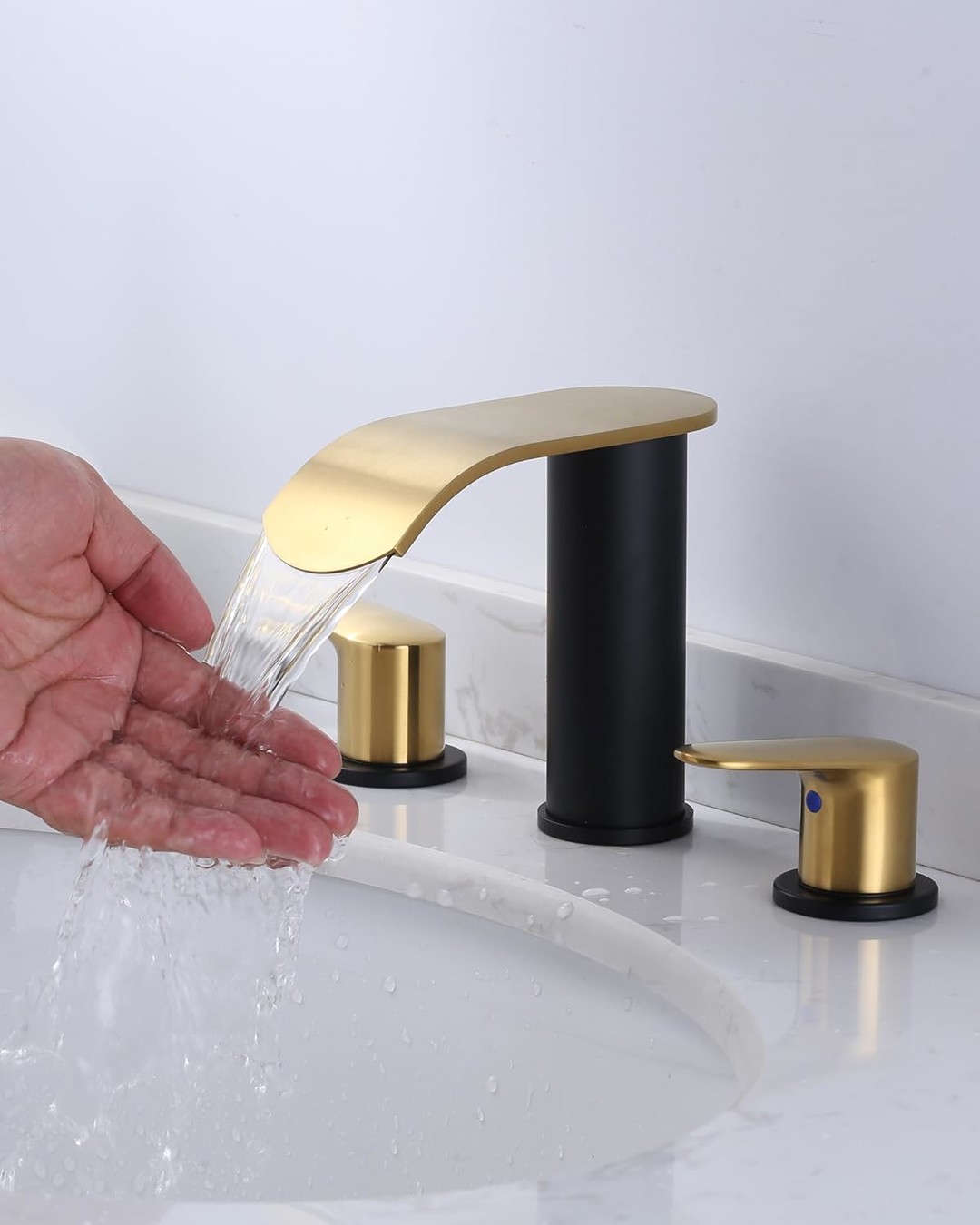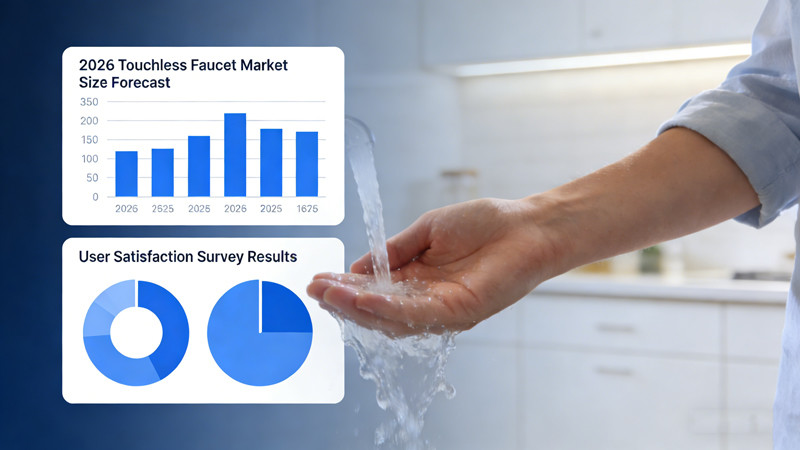![]()
If you’re upgrading your faucet or simply giving your sink area a fresh look, removing old silicone from around the faucet base is a crucial step. Silicone sealant, while excellent for preventing leaks and providing a clean finish, can become discolored, moldy, or brittle over time. Removing it improperly can damage your sink, countertop, or faucet.
In this guide, we’ll show you how to safely remove old silicone from your faucet base without scratching surfaces or causing damage—whether you’re prepping for a new install or simply refreshing the look of your sink.
Why Removing Old Silicone Matters
Silicone sealant is used to create a waterproof barrier where the faucet meets the countertop or sink. Over time, it can degrade due to water exposure, mold, or cleaning chemicals. Here’s why it’s important to remove it properly:
- Prevent leaks: Old or cracked silicone can allow water to seep under the faucet.
- Avoid mold and mildew: Deteriorating silicone can trap moisture and become a breeding ground for bacteria.
- Ensure a proper seal: When installing a new faucet, a clean surface is needed for the new sealant to adhere.
- Improve appearance: Yellowed or cracked silicone makes the entire sink area look dated.
Tools & Materials You’ll Need
Before you begin, gather the following items:
- Utility knife or razor scraper
- Plastic scraper or putty knife (non-metal to avoid scratches)
- Needle-nose pliers (optional for tough spots)
- Silicone remover or rubbing alcohol
- Soft cloths or paper towels
- Mild soap and warm water
- Safety gloves (optional but recommended)
- Safety goggles (if using chemicals)
⚠️ Avoid using metal scrapers or harsh tools on delicate surfaces like granite, quartz, or stainless steel. Stick to plastic tools where possible.
Step-by-Step: How to Remove Old Silicone from Faucet Base
Step 1: Clean the Area
Start by cleaning the area around the faucet with warm water and mild dish soap. This will remove any surface grime, making it easier to see and access the silicone sealant.
- Wipe dry with a clean cloth.
- Ensure the area is well-lit so you can see all the silicone lines.
Step 2: Soften the Silicone (Optional but Helpful)
If the silicone is particularly stubborn or dried out, applying a silicone remover can make your job easier.
- Choose a product labeled as a silicone caulk remover or use rubbing alcohol as a less aggressive alternative.
- Apply it carefully around the silicone using a cloth or cotton swab.
- Let it sit for 10–15 minutes (check product instructions) to soften the sealant.
Pro Tip: Use painter’s tape to protect nearby surfaces when applying chemical removers.
Step 3: Cut Along the Edges with a Utility Knife
Using a sharp utility knife or razor, gently score along the edge of the silicone where it meets the faucet and sink surface.
- Angle the blade slightly to avoid gouging the counter.
- Cut along both sides of the silicone bead, breaking its adhesion.
Take your time—rushing can lead to scratches or chips.
Step 4: Peel or Scrape the Silicone Away
Once scored, use your fingers, plastic scraper, or needle-nose pliers to peel or lift the silicone strip away.
- Start from one corner and work your way around.
- If it breaks apart, remove it in smaller sections.
- Use a plastic putty knife to get into tight spots without damaging surfaces.
For granite or natural stone counters, be extra gentle to avoid damaging the sealant layer of the stone.
Step 5: Remove Leftover Residue
After removing the bulk of the silicone, you’ll likely have some residue or thin film remaining.
Here’s how to remove it:
- Dampen a cloth with rubbing alcohol and rub the area to dissolve leftover residue.
- If you used a chemical remover earlier, this step might be easier.
- For tough spots, use the plastic scraper again with gentle pressure.
Repeat until the surface is smooth and clean.
Step 6: Clean the Surface Thoroughly
Once all silicone and residue are removed:
- Wash the area again with warm soapy water to remove any chemical traces.
- Dry thoroughly with a soft towel or paper towels.
- Check for any scratches or missed spots before applying new silicone.
Bonus Tips for Reapplying Silicone (If Needed)
If you’re replacing the faucet or resealing the base, apply new silicone only after the surface is completely clean and dry.
- Use 100% silicone caulk that’s mold- and mildew-resistant.
- Apply a smooth, even bead using a caulking gun or tube.
- Smooth it with a damp finger or caulk tool.
- Allow proper curing time (typically 24 hours).
Common Mistakes to Avoid
- Using metal tools on delicate surfaces – this can cause permanent scratches.
- Not softening the silicone first – especially if it’s old and hardened.
- Leaving residue – new silicone won’t adhere properly if the surface isn’t fully clean.
- Pulling too hard – this can loosen faucet parts or damage the seal under the counter.
Final Thoughts
Removing old silicone from your faucet base doesn’t have to be a headache. With the right tools, a little patience, and gentle techniques, you can clean up the area beautifully—making room for a fresh, clean look or a new faucet install.
Taking the time to do it properly ensures your new sealant adheres well and keeps your kitchen or bathroom looking pristine for years to come.
 WOWOW Faucets
WOWOW Faucets





